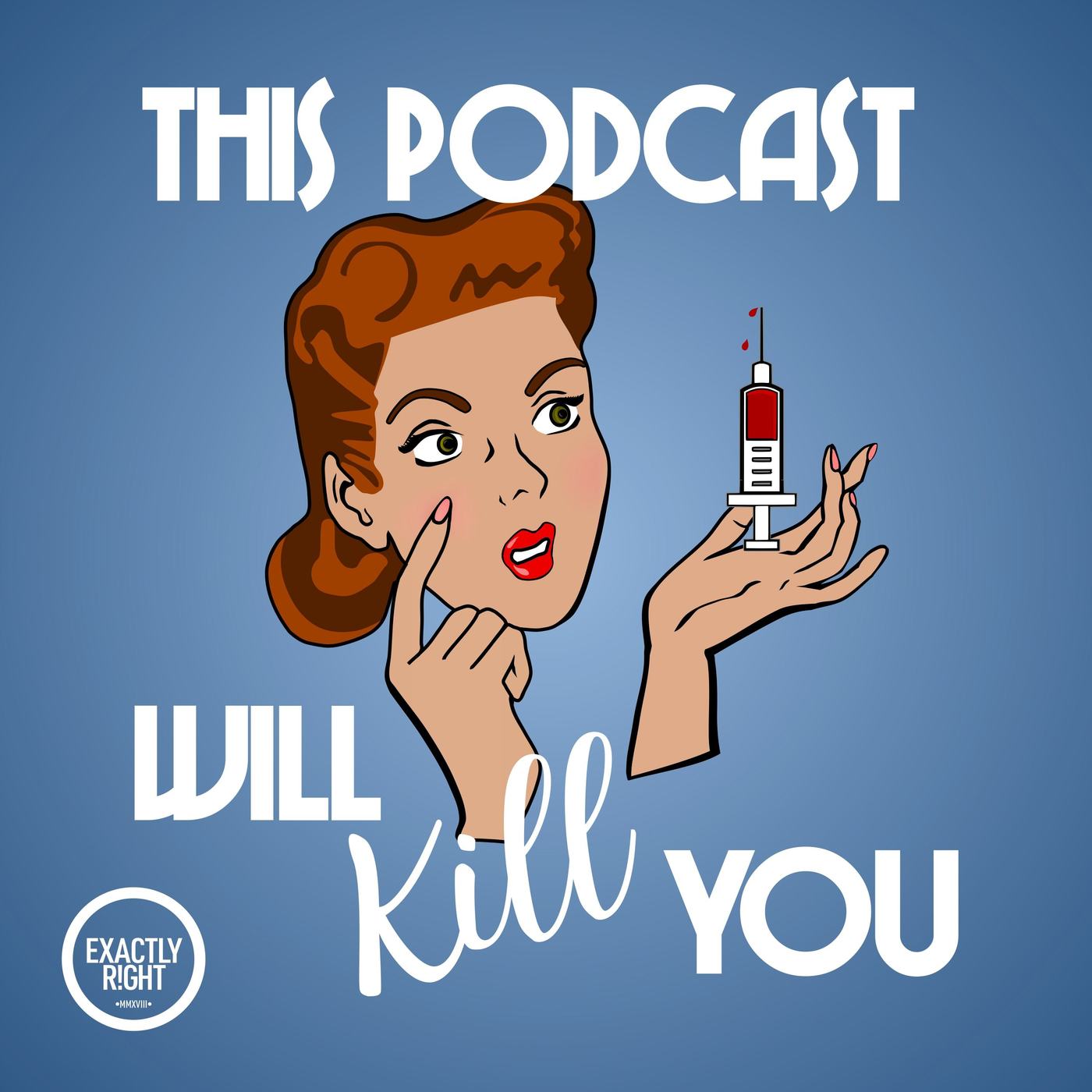Deaths and life-long handicaps were prevalent in the world before vaccines. Many children did not survive into adulthood. It was not pretty.
History and biology of vaccines, how they work and their benefits, how vaccines are developed, and successes and challenges in global vaccine development all delivered to you by vaccines experts from the Bill and Melinda Gates foundation.
Vaccines are the greatest public health invention of all times. They protect you against the disease and also protect the population around you.
They work on an individual level, when you are protected. They also work at the population level. When you get vaccinated, you are also protecting those around you.
Our body fights off infections with two parts of our immune system. One has fast, but weak intake and does not destroy the infection. The second immune system will target pathogens, but takes longer to fight off the infection, which is why we'll get sick. When the second system is exposed to an infection previously, its memory response will kick in to fight rapidly and effectively.
It’s called herd immunity. In order for a infectious agent to survive, it has to spread from person to person to reproduce. If a population has a high percentage of people vaccinated, they are protected. The chances are low for an infected person to run into someone susceptible to the disease.
Yes. All vaccines used are extremely safe, extensively tested, and highly regulated. We have many vaccines because various viruses and bacterias react differently, which they require different vaccines to target specific pathogens.
No, it's not possible. It’s a killed, dead virus, so it’s not possible. You cannot pass on the flu to someone if you have gotten the flu shot. Sometimes you can get a slight fever or have muscle aches.
Because there was a small chance that people could actually get sick from the vaccine itself when a live virus is in the dose. Either the virus could change or mutate a little bit or your immune system might not be strong enough to fight off the vaccine strain.
Dr. Rogers is a pediatric infectious disease physician. She currently works at the Gates Foundation. One of her goals is to have low resource countries have better access to vaccines, specifically, vaccines for pneumonia.
Dr. Rogers states that part of it is what you look to prevent. There is a focus on very serious pathogens being targeted. What makes one more successful than others is due to the wide variety of the pathogens and how often they can change. One vaccine against all types is really challenging.
Dr. Rogers is interested to see that as new diseases that are worldwide threats, advances can now be made quickly with new technology that will lead to new vaccines— especially in a timespan that was unreachable before.
The smallpox vaccination was developed by Edward Jenner in 1796. The first experiment of the vaccine was given to a healthy young boy, James Phipps, on May 14, 1796.
Probably not. He was the first to conduct trials on multiple people and bring his results to a large and legit medical society. There was a person at least 20 years before Jenner’s discovery who infected his family to cowpox, but none of them were infected.
Alongside measles, pertussis— also known as whooping cough— was an infamous child killer. It was one disease that was high on the list for vaccine development because it was so feared and killed children horribly. It was difficult to create the vaccine.
They have laid the groundwork of understanding how cells function. They have gone on to produce vaccines that have been given to over 300 million people. Similar methods were used to make an additional 6 billion vaccines.
Besides the inventions of vaccines themselves, the biggest accomplishment was when the world was officationed declared smallpox free in 1980. The last known case occurred in 1977 in Somalia.
The World Health Organization recommends as a blanket statement for all countries with vaccination programs to include: BCG— which the U.S. does not vaccinate for— polio, DTP, HIB, pneumococcal vaccine, rotavirus, measles, rubella, and HPV.
We don’t have high enough rates of tuberculosis to justify the vaccination. The BCG vaccine is for tuberculosis that is good at preventing disseminated, full body tuberculosis, in infants. For some reason, it’s not great for adults by preventing them from getting tuberculosis.
Because they might have maternal antibodies still circulating that would neutralize the vaccination. This is why we have to wait to give some vaccines to children until they're older.
In the United States, if you have health insurance, all required vaccines are covered by your providers. If a child does not have insurance, they qualify for a federally funded program that covers all vaccines for children.
One of the things to remember is that vaccines are one of the most cost effective health tools that have ever been invented. With vaccinations, if you prevent that first instance of illness, you are also preventing the cascading events that will follow.
